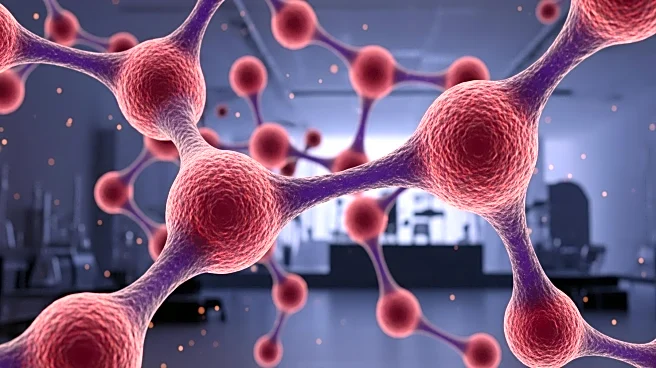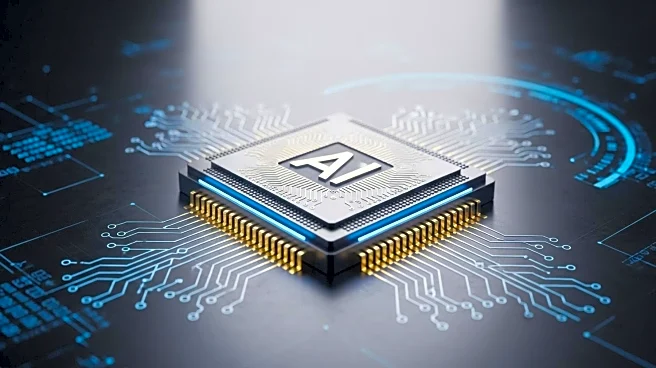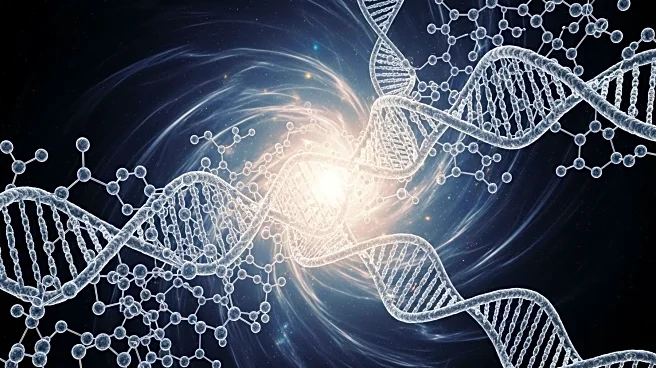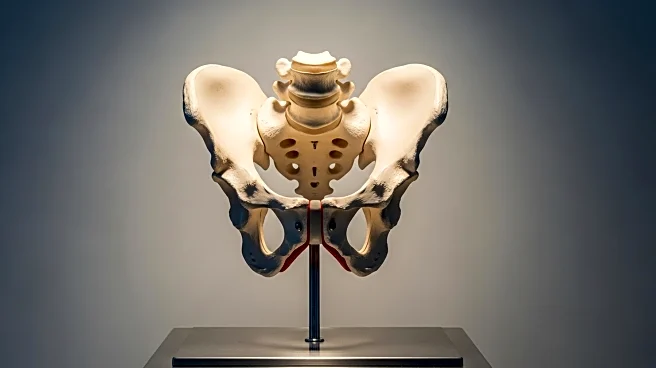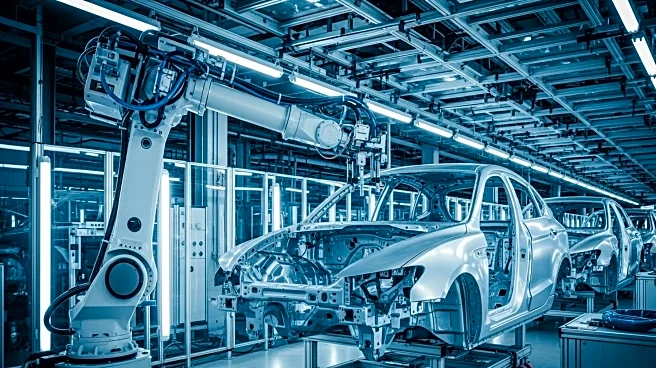What's Happening?
Researchers at the University of Osaka have conducted a study on the collective behavior of cells during the muscle development of fruit flies. The study focused on the micro-heterogeneity of cells, particularly sarcolytes, hemocytes, and fat body cells, and their roles in muscle breakdown and rearrangement during the pupal stage of fruit fly development. Using real-time microscopy and computational modeling, the researchers observed that sarcolytes initially moved quickly before slowing down and adopting a more ordered arrangement, aided by fat body cells. Hemocytes varied in their movement speed and trajectory, contributing to the stability of the new muscle structure. The study highlights the importance of cell heterogeneity in achieving rapid redistribution and precise placement of muscle cells.
Why It's Important?
The findings from this research provide valuable insights into the role of cell heterogeneity in biological processes, which could have implications beyond biology. Understanding how different cell types collaborate to achieve complex tasks can inform the development of more efficient robotic systems. The study suggests that heterogeneous robot swarms, inspired by the cell behavior observed in fruit flies, could be more effective at multitasking in real-world applications compared to homogenous robot groups. This research bridges biological insights with technological advancements, potentially influencing robotics and automation industries.
What's Next?
The research opens avenues for further exploration into the application of biological principles in robotics. Future studies may focus on developing robotic systems that mimic the heterogeneity and collaborative behavior of cells to enhance efficiency and adaptability in various tasks. Additionally, the study may inspire further investigation into the role of cell heterogeneity in other biological systems, potentially leading to advancements in medical and biotechnological fields.
Beyond the Headlines
The study's implications extend to ethical and cultural dimensions, particularly in the integration of biological principles into technology. As robotics increasingly mimic biological systems, considerations around the ethical use and impact of such technologies on society will become more prominent. The research also highlights the interconnectedness of biological and technological advancements, encouraging interdisciplinary collaboration.
